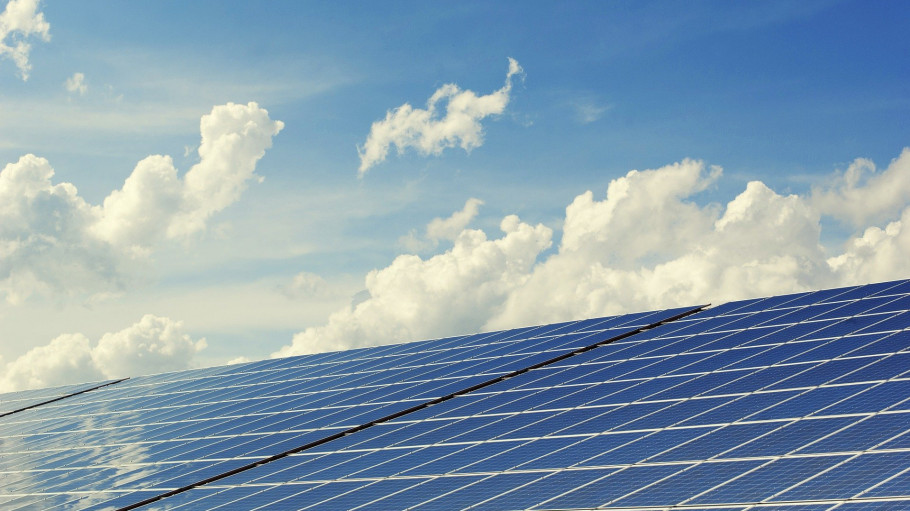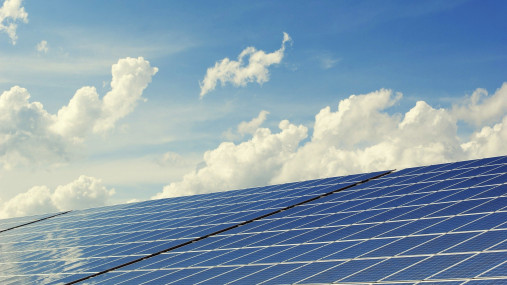
Publications » Position papers » Sustainable finance taxonomy update
Sustainable finance taxonomy update
Downloads and links
Recent updates

EUROFER welcomes the legislative proposal to mobilise investments in the EU in view of achieving the Paris Agreement and Europe’s 2030 & 2050 climate goals. Achieving these goals will require massive transformative investments for development, demonstration and scaling up of new technologies in a relatively short period of time. Therefore, the proposed EU taxonomy should not hinder innovation and the transition of the European steel industry to climate neutral and circular economy. The issue of up-scaling projects to industrial scale needs to be at the center of ongoing policy discussions, including access to finance, awareness of risks and benefits, long-term
predictable policy frameworks, etc.
By 2050, the steel industry hopes to have shifted from high dependence on fossil energy and raw materials to become a low-carbon energy-based sector integrally part of the circular economy. The aim is, by this time, to emit at least 80% less CO2 compared to 1990 levels. Europe will be a leading provider of low-carbon products, services and technologies worldwide - access to investment will
be key to making this successful.

Download this publication or visit associated links
Brussels, 02 December 2025 – Unchanged negative conditions – U.S. tariffs and trade disruptions, economic and geopolitical tensions, protracted weak demand and still high energy prices – continue to weigh on the European steel market. EUROFER’s latest Economic and Steel Market Outlook confirms for 2025 another recession in both apparent steel consumption (-0.2%, unchanged) and steel-using sectors (-0.5%, revised from -0.7%). A potential recovery is expected only in 2026 for the Steel Weighted Industrial Production index (SWIP) (+1.8%, stable) and for apparent steel consumption (+3%, slightly revised from +3.1%) – although consumption volumes would still remain well below pre-pandemic levels. Steel imports retained historically high shares (27%), while exports plummeted (-9%) in the first eight months of 2025.
Fourth quarter 2025 report. Data up to, and including, second quarter 2025
Brussels, 27 November 2025 - The European ceramic, aluminium, ferro-alloys and steel industries express their deep concern about the potential impact of the EU-India FTA on strategic European industries if a sector-specific approach is not adopted and our sectors’ challenges are not duly considered.